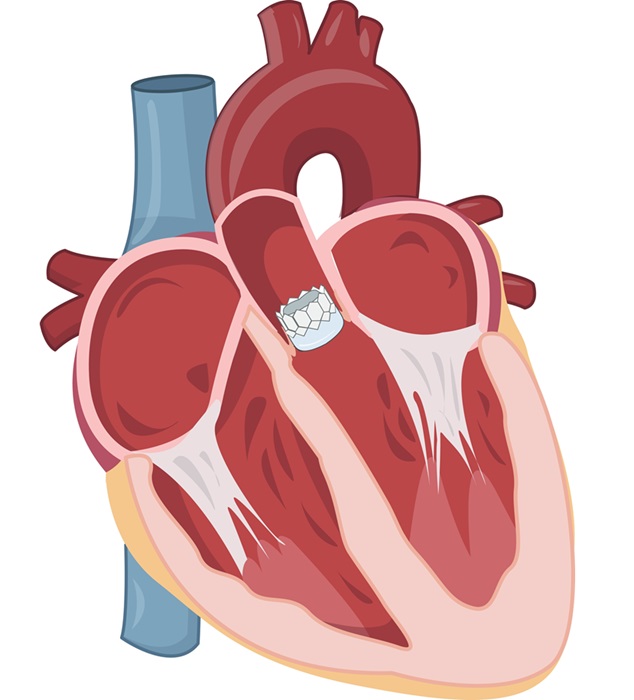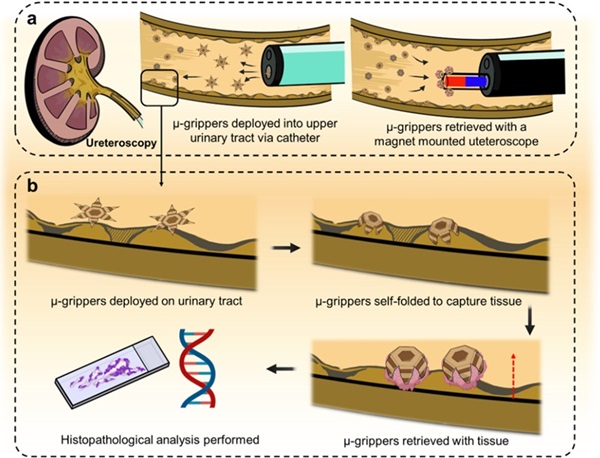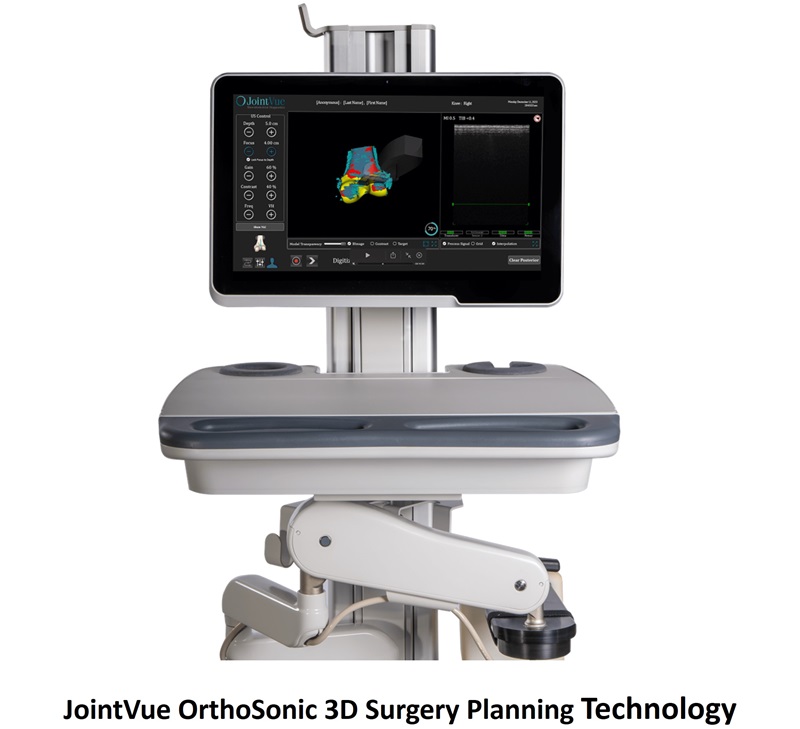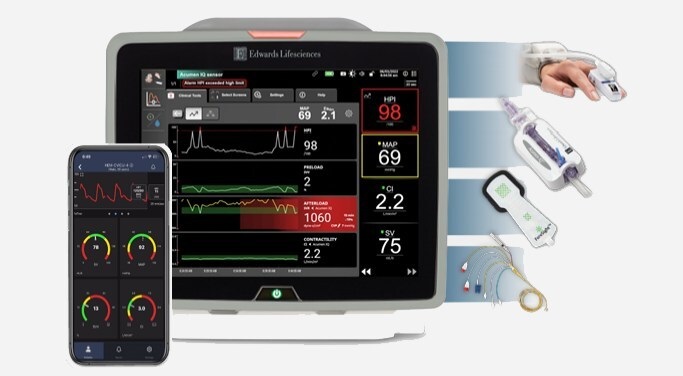Cortisol Levels in Hair Can Predict IVF Success
|
By HospiMedica International staff writers Posted on 04 Nov 2016 |

Image: New research indicates the levels of cortisol in hair could predict IVF success (Photo courtesy of SPL).
Elevated levels of the stress hormone cortisol in hair can significantly predict the likelihood of pregnancy in women undergoing in vitro fertilization (IVF) treatment, according to a new study.
Researchers at the University of Nottingham (United Kingdom) conducted a study involving 135 women (mean age 34.5 years) recruited from a fertility clinic in Nottingham (United Kingdom) between December 2012 and April 2014; following IVF treatment, 60% of the women became pregnant. Salivary cortisol samples were collected over two days, on waking, 30 minutes after waking, and at 10 pm at night; 88 women also provided hair samples for the measurement of cortisol.
After analyzing both types of cortisol data, the researchers found that short-term salivary cortisol measurements were not related to pregnancy results. In contrast, 27% of the variance in pregnancy outcome was accounted for by hair cortisol concentrations, after controlling for other known factors linked to IVF success such as age, body mass index (BMI), number of eggs retrieved, and number of eggs fertilized. The study was published on August 30, 2016, in Psychoneuroendocrinology.
“We know that many factors will influence the likelihood of IVF success and, at this stage, we do not fully understand all of the factors that influence whether treatment works or not. However, optimizing patient’s chances of IVF success is key, and this research suggests that reducing cortisol in the months prior to treatment may play an important part in conception,” concluded lead author Adam Massey, MD. “The good news for patients is that well known lifestyle changes may help to lower cortisol and therefore optimize the likelihood they will get pregnant.”
“Researchers have been interested in the role that cortisol may play in determining reproductive outcomes for some time now, not least because cortisol is typically elevated in relation to stress,” said senior author Kavita Vedhara, PhD, of the division of primary care. “While these results do not specifically implicate stress, they do provide preliminary evidence that long term cortisol levels are associated with a reduced likelihood of conceiving. A range of factors is likely to account for that, stress being one possibility.”
Cortisol is a well-known stress hormone, and until recently could only be measured within a short time span. But by measuring levels in about 100 strands of hair clipped from the scalp, cortisol levels can be assessed as a retrospective biological indicator of stress over the past three months, indicating chronic or accumulated stress. Studies have also demonstrated interactions with factors associated with health disparities such as racial/ethnic identity, sex, and socioeconomic status (SES).
Related Links:
University of Nottingham
Researchers at the University of Nottingham (United Kingdom) conducted a study involving 135 women (mean age 34.5 years) recruited from a fertility clinic in Nottingham (United Kingdom) between December 2012 and April 2014; following IVF treatment, 60% of the women became pregnant. Salivary cortisol samples were collected over two days, on waking, 30 minutes after waking, and at 10 pm at night; 88 women also provided hair samples for the measurement of cortisol.
After analyzing both types of cortisol data, the researchers found that short-term salivary cortisol measurements were not related to pregnancy results. In contrast, 27% of the variance in pregnancy outcome was accounted for by hair cortisol concentrations, after controlling for other known factors linked to IVF success such as age, body mass index (BMI), number of eggs retrieved, and number of eggs fertilized. The study was published on August 30, 2016, in Psychoneuroendocrinology.
“We know that many factors will influence the likelihood of IVF success and, at this stage, we do not fully understand all of the factors that influence whether treatment works or not. However, optimizing patient’s chances of IVF success is key, and this research suggests that reducing cortisol in the months prior to treatment may play an important part in conception,” concluded lead author Adam Massey, MD. “The good news for patients is that well known lifestyle changes may help to lower cortisol and therefore optimize the likelihood they will get pregnant.”
“Researchers have been interested in the role that cortisol may play in determining reproductive outcomes for some time now, not least because cortisol is typically elevated in relation to stress,” said senior author Kavita Vedhara, PhD, of the division of primary care. “While these results do not specifically implicate stress, they do provide preliminary evidence that long term cortisol levels are associated with a reduced likelihood of conceiving. A range of factors is likely to account for that, stress being one possibility.”
Cortisol is a well-known stress hormone, and until recently could only be measured within a short time span. But by measuring levels in about 100 strands of hair clipped from the scalp, cortisol levels can be assessed as a retrospective biological indicator of stress over the past three months, indicating chronic or accumulated stress. Studies have also demonstrated interactions with factors associated with health disparities such as racial/ethnic identity, sex, and socioeconomic status (SES).
Related Links:
University of Nottingham
Latest Patient Care News
- Portable Biosensor Platform to Reduce Hospital-Acquired Infections
- First-Of-Its-Kind Portable Germicidal Light Technology Disinfects High-Touch Clinical Surfaces in Seconds
- Surgical Capacity Optimization Solution Helps Hospitals Boost OR Utilization

- Game-Changing Innovation in Surgical Instrument Sterilization Significantly Improves OR Throughput
- Next Gen ICU Bed to Help Address Complex Critical Care Needs
- Groundbreaking AI-Powered UV-C Disinfection Technology Redefines Infection Control Landscape
- Clean Hospitals Can Reduce Antibiotic Resistance, Save Lives
- Smart Hospital Beds Improve Accuracy of Medical Diagnosis
- New Fast Endoscope Drying System Improves Productivity and Traceability
- World’s First Automated Endoscope Cleaner Fights Antimicrobial Resistance
- Portable High-Capacity Digital Stretcher Scales Provide Precision Weighing for Patients in ER
- Portable Clinical Scale with Remote Indicator Allows for Flexible Patient Weighing Use
- Innovative and Highly Customizable Medical Carts Offer Unlimited Configuration Possibilities
- Biomolecular Wound Healing Film Adheres to Sensitive Tissue and Releases Active Ingredients
- Wearable Health Tech Could Measure Gases Released From Skin to Monitor Metabolic Diseases
- Wearable Cardioverter Defibrillator System Protects Patients at Risk of Sudden Cardiac Arrest
Channels
Critical Care
view channel_1.jpg)
Cutting-Edge Bioelectronic Device Offers Drug-Free Approach to Managing Bacterial Infections
Antibiotic-resistant infections pose an increasing threat to patient safety and healthcare systems worldwide. Recent estimates indicate that drug-resistant infections may rise by 70% by 2050, highlighting... Read more
Sophisticated Machine-Learning Approach Uses Patient EHRs to Predict Pneumonia Outcomes
Pneumonia, an infection that results in difficulty breathing due to fluid accumulation in the lungs, is one of the leading causes of death worldwide. This condition is particularly challenging to treat... Read more
Early TAVR Benefits Patients with Asymptomatic Severe Aortic Stenosis
For patients with asymptomatic severe aortic stenosis (AS) and preserved left-ventricular ejection fraction, current guidelines recommend clinical surveillance every six to twelve months.... Read more
First-Of-Its-Kind Experimental Therapy Enhances Tissue Repair After Heart Attack
Cardiovascular disease remains the leading cause of death worldwide, accounting for one-third of all annual fatalities. Following a heart attack, the heart's natural regenerative ability is limited, resulting... Read moreSurgical Techniques
view channel
Microgrippers For Miniature Biopsies to Create New Cancer Diagnostic Screening Paradigm
The standard diagnosis of upper urinary tract cancers typically involves the removal of suspicious tissue using forceps, a procedure that is technically challenging and samples only a single region of the organ.... Read moreMiniature Soft Lithium-Ion Battery Could Be Used as Defibrillator During Surgery
The development of tiny smart devices, measuring just a few cubic millimeters, requires equally miniature power sources. For minimally invasive biomedical devices that interact with biological tissues,... Read more.jpg)
TAVI Procedure Supported by Radial Artery Access Reduces Bleeding Complications
The TAVI procedure, or Transcatheter Aortic Valve Implantation, is a minimally invasive technique in which a new aortic valve is inserted through a femoral artery to replace a narrowed old valve.... Read more
Portable Surgical Robot Seamlessly Integrates into Any OR for Performing Cholecystectomy Procedures
The United States represents a significant market with a strong demand for a flexible surgical robotic system applicable across various care settings. However, there has been a lack of sufficient options... Read moreHealth IT
view channel
Machine Learning Model Improves Mortality Risk Prediction for Cardiac Surgery Patients
Machine learning algorithms have been deployed to create predictive models in various medical fields, with some demonstrating improved outcomes compared to their standard-of-care counterparts.... Read more
Strategic Collaboration to Develop and Integrate Generative AI into Healthcare
Top industry experts have underscored the immediate requirement for healthcare systems and hospitals to respond to severe cost and margin pressures. Close to half of U.S. hospitals ended 2022 in the red... Read more
AI-Enabled Operating Rooms Solution Helps Hospitals Maximize Utilization and Unlock Capacity
For healthcare organizations, optimizing operating room (OR) utilization during prime time hours is a complex challenge. Surgeons and clinics face difficulties in finding available slots for booking cases,... Read more
AI Predicts Pancreatic Cancer Three Years before Diagnosis from Patients’ Medical Records
Screening for common cancers like breast, cervix, and prostate cancer relies on relatively simple and highly effective techniques, such as mammograms, Pap smears, and blood tests. These methods have revolutionized... Read morePoint of Care
view channel
Handheld, Sound-Based Diagnostic System Delivers Bedside Blood Test Results in An Hour
Patients who go to a doctor for a blood test often have to contend with a needle and syringe, followed by a long wait—sometimes hours or even days—for lab results. Scientists have been working hard to... Read more
Smartphone-Enabled, Paper-Based Quantitative Diagnostic Platform Transforms POC Testing
Point-of-care diagnostics are crucial for public health, offering rapid, on-site testing that enables prompt diagnosis and treatment. This is especially valuable in remote or underserved regions where... Read moreBusiness
view channel
Hologic Acquires Gynesonics to Strengthen Existing Gynecological Surgical Business
Hologic (Marlborough, MA, USA) has signed a definitive agreement to acquire Gynesonics (Redwood City, CA, USA) for approximately USD 350 million, subject to working capital and other customary closing adjustments.... Read more















